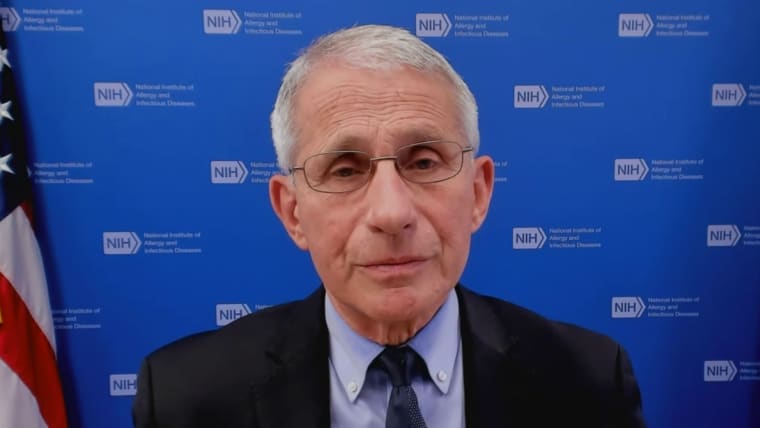[ad_1]
State and local leaders were scrambling Friday to decide how to respond to new guidance from the Centers for Disease Control and Prevention that allows fully vaccinated individuals to go without masks in most places.
Some officials took swift action. Minnesota’s governor said he would end his state’s mask mandate on Friday, less than 24 hours after the CDC’s announcement, although the mayor of Minneapolis said his city’s indoor mask requirement would remain. The governor of Illinois said he would revise his state’s mask rules to match the revised CDC guidance; Pennsylvania’s Department of Health said the same.
Many Democratic governors, including those of California, New Jersey, New York and Virginia said they were reviewing the federal guidance and would not be implementing any changes immediately.
The CDC’s recommendations are not requirements, and mask-wearing laws ultimately fall to governors and local jurisdictions.
“It’s surprising to me, because it sows confusion,” said Peter Meunnig, a professor at Columbia University’s Department of Health Policy and Management. “There’s differences in local and national mandates, there’s different rules in different places. It’s hard for Americans just to keep one thing straight.”
While a number of states, primarily Republican-led, had already relaxed their mask requirements before Thursday, about half of states still enforced mask-wearing.
How this will affect those who are not yet vaccinated
The CDC guidance states that fully vaccinated people should still wear masks and practice social distancing on public transportation, including trains and airplanes, or while in health care settings, such as a doctor’s office or a hospital.
It comes amid a steep decline amid Covid-19 infections and deaths, and as more than 118 million people across America have been fully vaccinated, or 35.8 percent of the country.
But not everyone is currently eligible for a vaccination, including children under 12, for whom clinical trials of the vaccines are ongoing. And many people who are eligible to get vaccinated have chosen not to, despite a nationwide push to get more of the country to get their shots.
That has prompted fears that the relaxed mask guidance could result in an uptick of coronavirus cases.
“Mixing of vaccinated people and unvaccinated people is bound to occur,” Meunnig said, adding that the U.S. has no standardized way of requiring individuals to prove that they have gotten their vaccinations.
While evidence indicates that the vaccines perform well against virus variants so far, permitting large, indoor maskless gatherings is “potentially going to give them a chance to flourish,” Meunnig said.
CDC Director Dr. Rochelle Walensky cautioned that the recommendations were subject to change “if things get worse,” and encouraged everyone who can get vaccinated to do so to reduce the chance of a spike in cases or new variants emerging.
Businesses have the discretion to implement the CDC guidelines, and some national chains, such as the Gap, said they were reviewing the changes, according to Bloomberg. Others, like Home Depot, said it had no plans to immediately alter its policy requiring masks in stores.
Dr. Ashish Jha, dean of the Brown University School of Public Health, told the “TODAY” show on Friday that he saw no reason for any governor to keep an outdoor mask mandate, and he agreed with the CDC in foregoing indoor mask recommendations, with one exception: the timing.
“I believe indoor mask mandates should remain for probably about another month,” he said. “That is enough time to give everybody who wants to be fully vaccinated enough time to be fully vaccinated, and then I think indoor mask mandates can be pulled as well.”
[ad_2]
Source link
